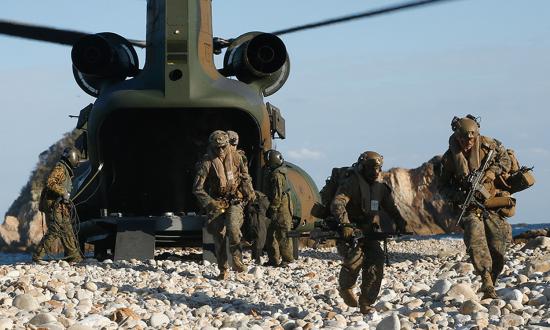The New Year begins with a focus on surface warfare and the essence of why great nations need navies. Retired Navy Captain Robert Rubel’s “Command of the Sea: Why It Is Essential to U.S. Maritime Strategy” and Walter Hudson’s “Mahan as Geoeconomic Strategist” combine to make a case for a larger, more capable Navy in terms that command assent.
Maintenance is a topic on many people’s minds. Captain Holman Agard, a Navy surface warfare officer, says the “Surface Ship Repair Culture Needs A Refit.” He recommends a culture grounded in prompt, truthful reporting, with clear lines of accountability. In the spirit of “getting real,” Lieutenant John Adam thinks the Navy should “Adjust Missions for Aging Ships.” Instead of trying to maintain ships that are 25-plus years old for all mission areas, he says, the Navy should consider just a few key missions for its older ships. Retired Navy Captain Tom Beall reminds us of the shipyard housekeeping lessons of the USS Bonhomme Richard (LHD-6) fire in “A Catastrophic Mishap.” Coast Guard Lieutenant Joseph O’Connell points to the white-hulled fleet’s heavy maintenance demands and says, “A West Coast Shipyard Could Help The Coast Guard”—particularly a new government-owned yard that would complement the service’s lone shipyard in Baltimore.
In “Ship Combat Teams Must Fight at the Highest Classification Level,” Lieutenant Kyle Cregge writes, “Today’s contested electromagnetic environment . . . and the generational improvements brought to the fleet with the Surface Electronic Warfare Improvement Program (SEWIP) require a reprioritization” with more focus on watchstanders using the highest level of information available to make tactical decisions.
Phase III of the American Sea Power Project continues this month with four more articles addressing “The War of 2026” scenario that appeared in the December issue. Former U.S. Pacific Fleet Commander and retired Navy Admiral Scott Swift tackles “Wartime Command & Control.” Retired Navy Vice Admiral Brian Brown writes about “The Challenge of Joint Space Operations.” Retired Navy Captain Scott Smith addresses “Air and Missile Defense in the Western Pacific.” And Captain Tom Clarity offers a theory of victory over China’s aggression in “Tighten the Belt and Cut the Roads.”
The final commissioned articles in this series will appear next month. We also want you, our readers, to write for the The Future of Naval Warfare Essay Contest. Read the scenario and the expert articles, and then write your own analysis. What technology, weapons, tactics, or strategy would make a difference? Are there better ways to solve this problem?
The Surface Navy Association’s annual symposium will be 9–11 January in Crystal City. If you attend, please stop by the Naval Institute booth. We look forward to seeing you there. And we look forward to WEST 2024 next month at the San Diego Convention Center, 13-15 February.






